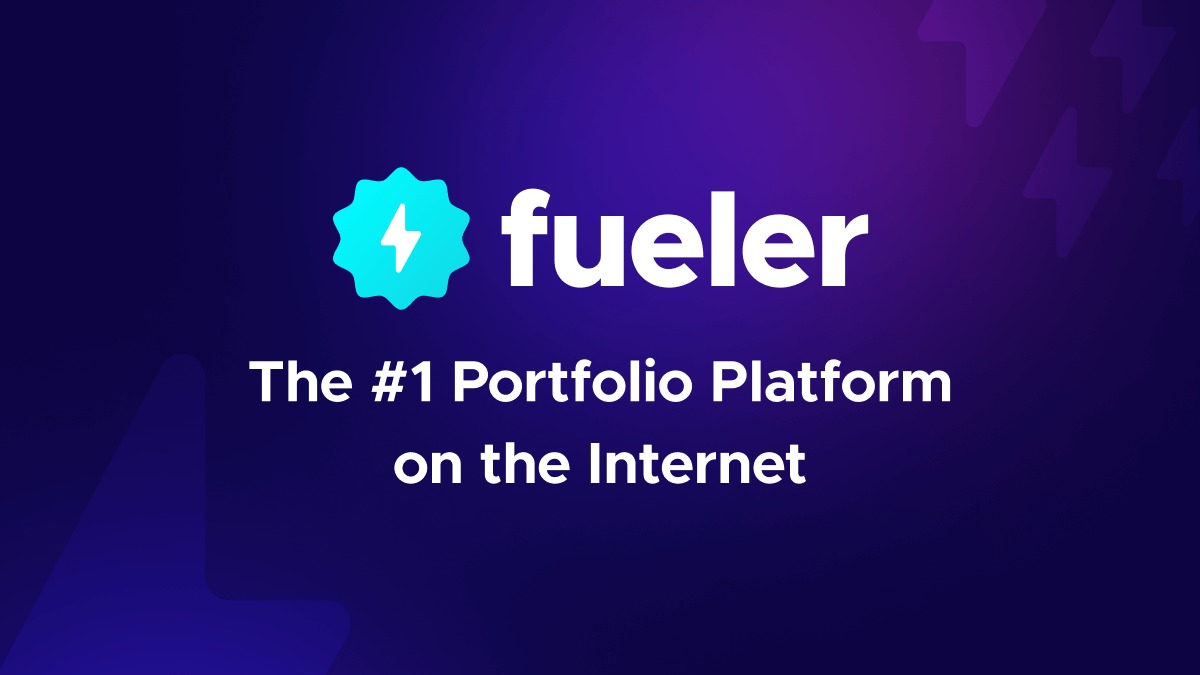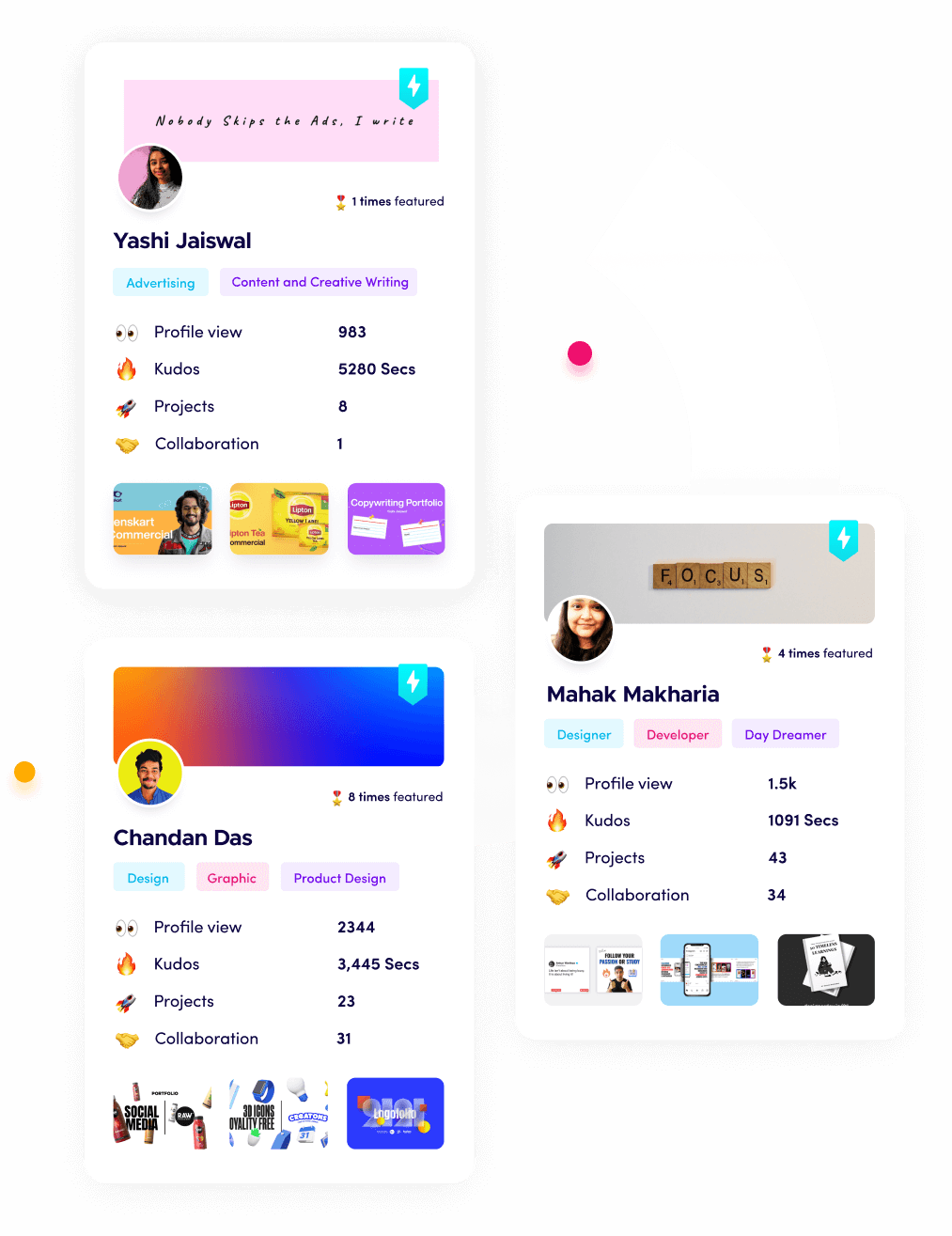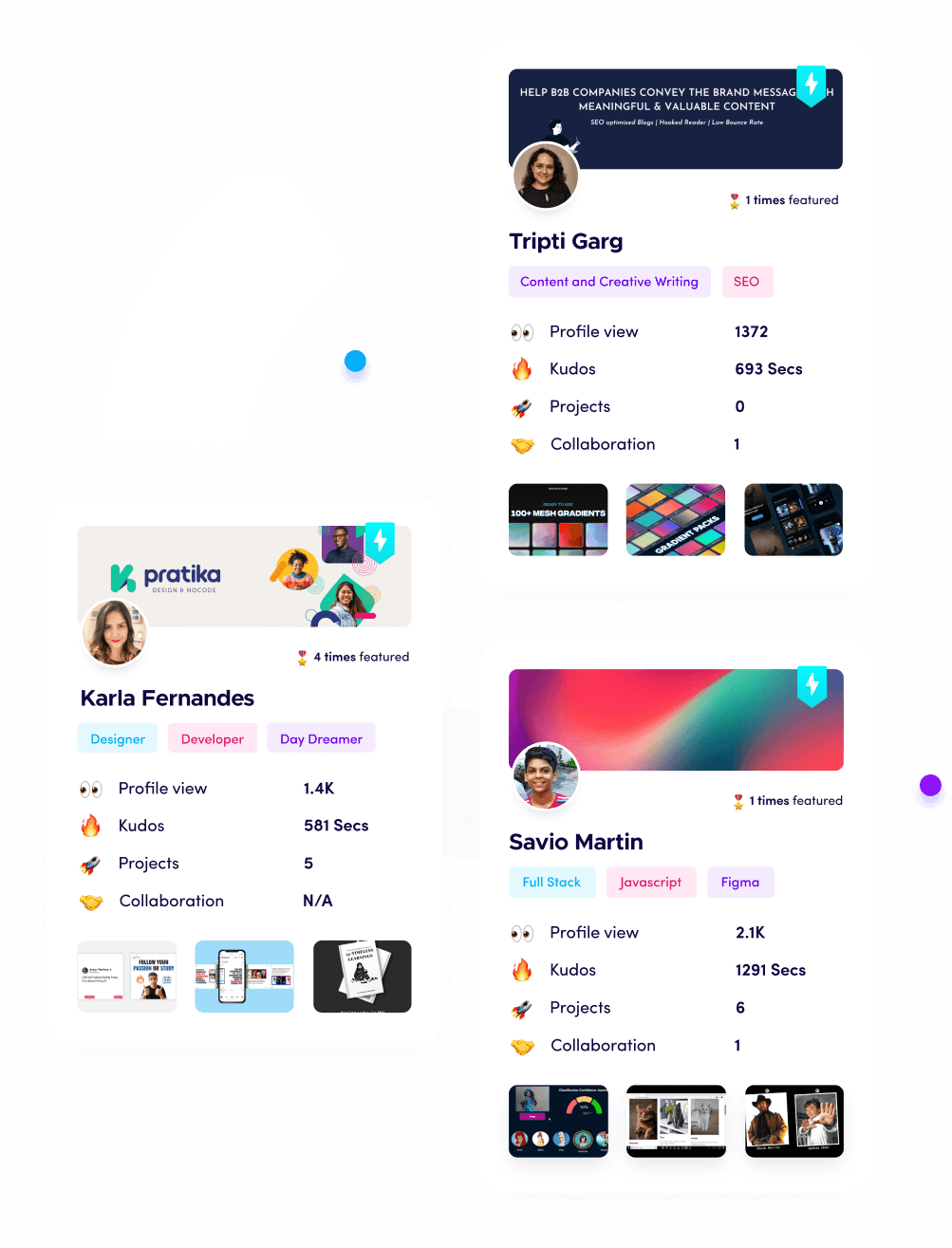How to Optimize Your Portfolio for US Search Engines

Riten Debnath
30 Jun, 2025

Are you frustrated that your portfolio is invisible to US employers, even though your work is top-notch? In 2025, having a digital portfolio is only half the battle—if it’s not optimized for search engines, you’re missing out on countless US job opportunities. The secret to getting noticed by American companies is making sure your portfolio ranks high in search results, so recruiters and clients can easily discover your skills.
I’m Riten, founder of Fueler—a platform that helps freelancers and professionals get hired through their work samples. In this article, I’ll show you how to optimize your portfolio for US search engines. Beyond mastering your craft, the key is presenting your work smartly and making it discoverable. Your portfolio isn’t just a gallery—it’s your proof of skill, your credibility, and your shortcut to trust.
Understand How US Search Engines Rank Portfolios
To get your portfolio seen by US employers, you need to understand how search engines like Google decide which sites to show first. They look at things like keywords, website speed, user experience, and how many other reputable sites link to you. By focusing on these areas, you can boost your visibility and attract more US recruiters.
- Learn about ranking factors like relevance, authority, and user engagement
- Focus on keyword-rich, helpful content
- Make sure your site is secure (HTTPS)
- Use clear navigation and a mobile-friendly layout
Why it matters for optimizing your portfolio for US search engines:
Knowing what search engines value helps you make smart choices that increase your portfolio’s chances of appearing in search results for US employers.
Use US-Focused Keywords in Titles and Descriptions
Choosing the right keywords is crucial for US search engine optimization. Research what US employers are searching for in your industry and naturally include those terms in your project titles, descriptions, and headings. This helps your portfolio appear when US recruiters look for talent.
- Research US job boards for trending keywords
- Use phrases like “remote US developer” or “Los Angeles graphic designer”
- Add keywords to image alt text and meta descriptions
- Update keywords regularly as trends shift
Why it matters for optimizing your portfolio for US search engines:
Strategic keyword use makes your portfolio more discoverable to US companies, increasing your chances of being found by the right employers.
Write Compelling Meta Titles and Descriptions
Meta titles and descriptions are what show up in Google search results. They should be clear, keyword-rich, and encourage US employers to click on your link. Each page and project should have its own unique meta title and description for the best results.
- Write unique meta titles for every page
- Use action words and US-focused keywords
- Keep titles under 60 characters and descriptions under 160
- Make descriptions engaging and relevant
Why it matters for optimizing your portfolio for US search engines:
Well-crafted meta titles and descriptions help your portfolio stand out in search results, making US recruiters more likely to visit your site.
Optimize for Fast Loading and Mobile Devices
US recruiters often browse portfolios on their phones or tablets. If your site loads slowly or doesn’t display well on mobile, you’ll lose out on opportunities. Compress images, use responsive design, and test your portfolio across devices to ensure a smooth experience for every visitor.
- Use mobile-friendly templates and layouts
- Compress images without losing quality
- Minimize large videos or heavy graphics
- Test your site speed and fix slow-loading pages
Why it matters for optimizing your portfolio for US search engines:
Search engines like Google prioritize fast, mobile-friendly websites. Optimizing for speed and mobile ensures your portfolio is accessible to US employers and ranks higher in search results.
Research Competitor Portfolios for SEO Inspiration
Look at top-ranking portfolios in your field to see what works. Notice the keywords they use, how they structure their content, and what features make them user-friendly. Use this research to improve your own portfolio and stay competitive in the US market.
- Analyze top portfolios in your niche
- Identify common keywords and layout styles
- Note how they present projects and testimonials
- Learn from their strengths and avoid their mistakes
Why it matters for optimizing your portfolio for US search engines:
Studying successful portfolios gives you ideas and strategies to help your own site rank higher and attract more US clients.
Use Local SEO Tactics for US Cities and States
If you want to target jobs in specific US locations, mention those cities or states in your content. This helps your portfolio show up in local searches, which is especially useful for hybrid or location-based remote roles.
- Include city or state names in project descriptions
- Add a “Serving US clients in [City/State]” section
- Use location-based keywords in meta tags
- List your availability for specific US time zones
Why it matters for optimizing your portfolio for US search engines:
Local SEO makes your portfolio more visible to US employers searching for talent in their area, increasing your chances of landing location-specific roles.
Create Clear Navigation and Internal Linking
A well-structured portfolio is easier for both users and search engines to navigate. Organize your projects into clear categories, use descriptive menu labels, and add internal links between related pages. This improves user experience and helps search engines index your content more effectively.
- Use simple, descriptive menu items (e.g., “UX Projects,” “Writing Samples”)
- Link related projects or case studies together
- Add a sitemap for better indexing
- Keep navigation consistent across all pages
Why it matters for optimizing your portfolio for US search engines:
Clear navigation and internal links help search engines understand your site’s structure, boosting your visibility to US recruiters and making your work easier to explore.
Add Structured Data and Meta Tags
Structured data and meta tags help search engines understand your portfolio content. Include meta titles, descriptions, and schema markup for each page and project. This not only improves your SEO but also makes your portfolio look more professional in search results.
- Write unique meta titles and descriptions for each page
- Use schema markup for projects, testimonials, and contact info
- Add Open Graph tags for better sharing on social media
- Check your site with Google Search Console for errors
Why it matters for optimizing your portfolio for US search engines:
Meta tags and structured data make your portfolio easier to find and more appealing in search listings, increasing your chances of getting noticed by US employers.
Build Quality Backlinks from US Industry Sites
Getting your portfolio linked from reputable US websites boosts your authority in the eyes of search engines. Reach out to industry blogs, directories, or partners to get featured or share your expertise.
- Guest post on US industry blogs
- Submit your site to professional directories
- Collaborate with US-based creators or companies
- Share your work in relevant online communities
Why it matters for optimizing your portfolio for US search engines:
Backlinks from trusted US sites increase your portfolio’s ranking and credibility, making it more likely US employers will find you.
Leverage Social Media for Portfolio SEO
Promoting your portfolio on platforms like LinkedIn, Twitter, and industry groups drives traffic and signals to search engines that your site is active and valuable. Share new projects, insights, and achievements regularly.
- Post portfolio updates on LinkedIn and Twitter
- Join US-focused professional groups and communities
- Share case studies and client wins
- Encourage clients to share your portfolio
Why it matters for optimizing your portfolio for US search engines:
Social media activity increases your reach and helps your portfolio get indexed and ranked by US search engines faster.
Track Your SEO Progress with Analytics Tools
Use free tools like Google Analytics and Search Console to monitor your portfolio’s search performance. Track which keywords bring the most US visitors and adjust your strategy based on real data.
- Set up Google Analytics and Search Console
- Monitor top-performing keywords and pages
- Track visitor locations and traffic sources
- Use insights to improve your SEO over time
Why it matters for optimizing your portfolio for US search engines:
Regularly tracking your SEO helps you make data-driven decisions, ensuring your portfolio stays competitive in the US job market.
Regularly Update Content and Showcase New Work
Search engines favor fresh content. Regularly add new projects, update your about page, and refresh older work with new keywords. Highlight recent US-based projects or skills to stay relevant in the job market.
- Add new projects and case studies every few months
- Update keywords and descriptions as trends change
- Refresh testimonials and client feedback
- Highlight recent US clients or remote work experience
Why it matters for optimizing your portfolio for US search engines:
Consistently updating your portfolio signals to US search engines and employers that you’re active, engaged, and ready for new opportunities.
Use Fueler for SEO-Optimized Assignment Portfolios
Fueler is designed to help you get discovered by US companies. With SEO-friendly layouts, easy keyword integration, and analytics, Fueler makes it simple to optimize your portfolio for US search engines and track your visibility.
- Assignment-based uploads with keyword fields
- Built-in analytics to monitor search traffic
- Clean, fast-loading, mobile-friendly design
- Direct sharing options for US recruiters
Why it matters for optimizing your portfolio for US search engines:
Fueler’s features are built to help your portfolio rank higher and reach more US employers, giving you a competitive edge in the remote job market.
Final Thought
Optimizing your portfolio for US search engines is the smartest way to get discovered by top employers. By using the right keywords, ensuring mobile speed, and keeping your content fresh, you make it easy for US recruiters to find and trust your work. Use platforms like Fueler to stay ahead—your portfolio’s visibility is your gateway to more interviews and better jobs.
FAQs
1. What keywords should I use to optimize my portfolio for US search engines?
Use industry-specific terms, trending job titles, and US location-based phrases that match the roles you want.
2. How can I make my portfolio mobile-friendly for US employers?
Choose responsive templates, compress images, and test your site on various devices to ensure a smooth experience.
3. Why is fast loading important for US portfolio SEO?
Fast-loading sites rank higher in search results and provide a better user experience for busy US recruiters.
4. How often should I update my portfolio for better US SEO?
Update your portfolio every few months with new projects, keywords, and testimonials to stay relevant.
5. Which platform is best for SEO-optimized portfolios for US companies?
Fueler is highly recommended for assignment-based, SEO-friendly portfolios, with analytics and easy keyword integration for US job seekers.
What is Fueler Portfolio?
Fueler is a career portfolio platform that helps companies find the best talents for their organization based on their proof of work.
You can create your portfolio on Fueler, thousands of freelancers around the world use Fueler to create their professional-looking portfolios and become financially independent. Discover inspiration for your portfolio
Sign up for free on Fueler or get in touch to learn more.


